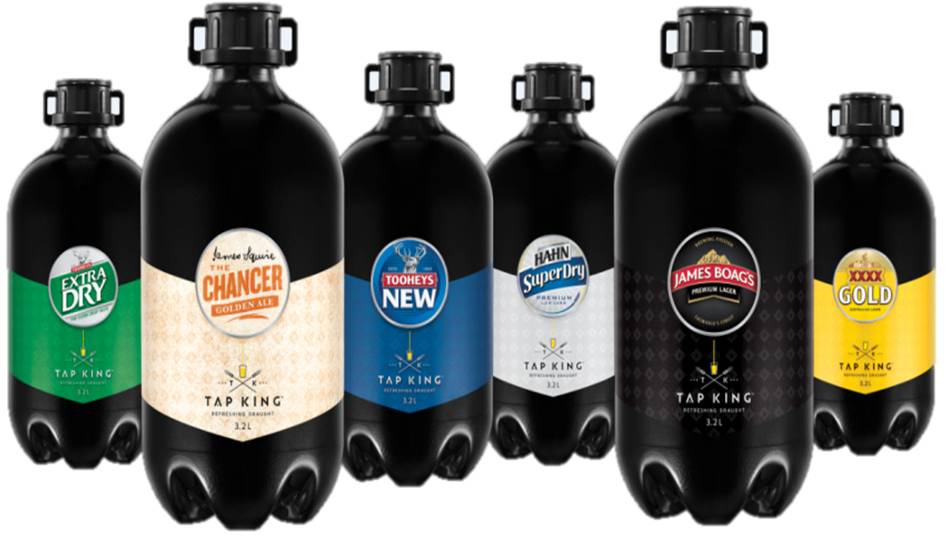Yes I dont thing this would be a good idea. The spunding valves are fairly easy to clean and with a phillips head screw driver takes about 2 minutes to tear down as you can see in this video here:
With that said we have been giving our Blowtie here some punishment and it's frequently had krausen go through it and to our amazement it seems to be operating fine even without a clean. So you never know, you might just get as lucky as us and just keep using it without cleaning it.
If you really want to protect the unit then I think the best thing to do would be to make a small receiver/settling tank so the gas runs into this before going into the blowtie. To make a small tank you could use a PET bottle. In fact it was mentioned in this thread a number of pages ago that we would make a tee piece that will enable you to use two of
these caps, then use these yellow KL14830 fitting to connect two of these pieces to a coke bottle:
https://www.kegland.com.au/media/images/PCO1881/Tee Iso 1.JPG
https://www.kegland.com.au/media/images/PCO1881/Tee Front.JPG
https://www.kegland.com.au/media/images/PCO1881/Bottle Front.JPG
So this would be a fairly inexpensive way to make a receiver/settling tank. It will also be able to be used as a very inexpensive small keg too.














